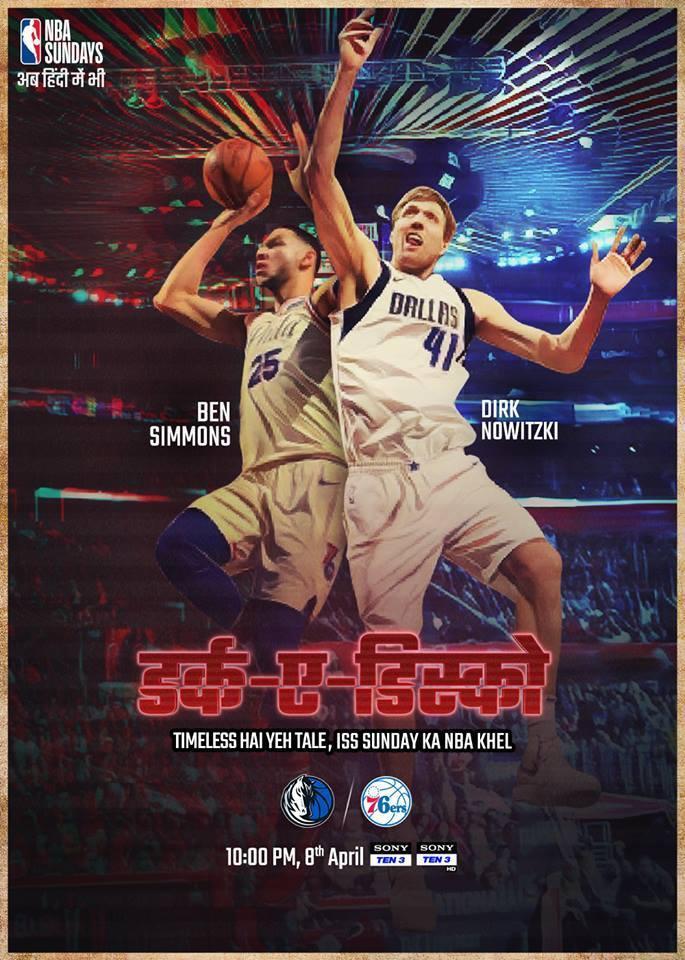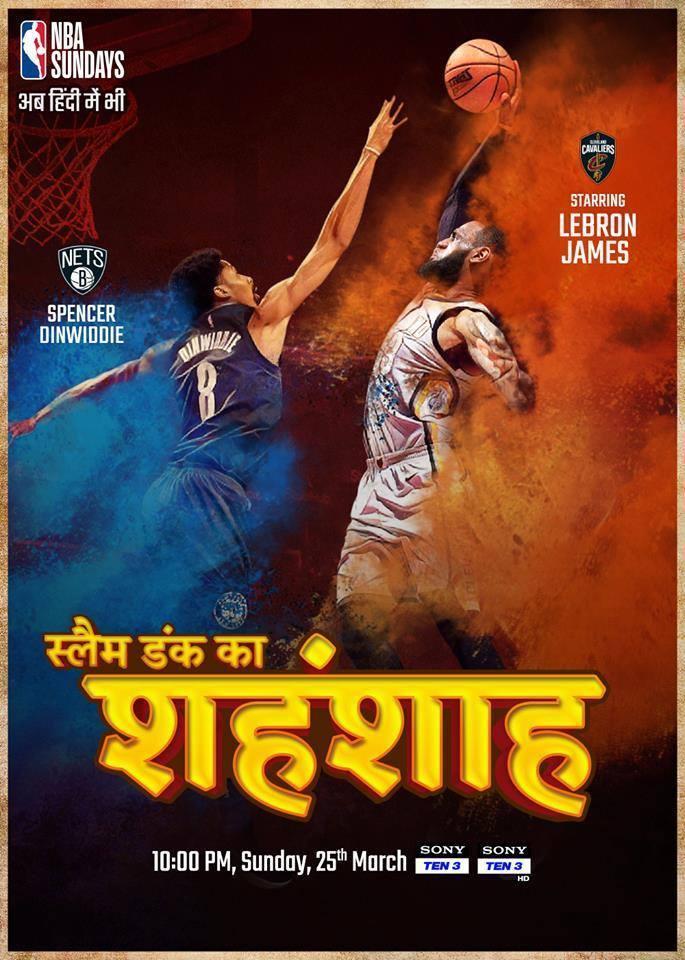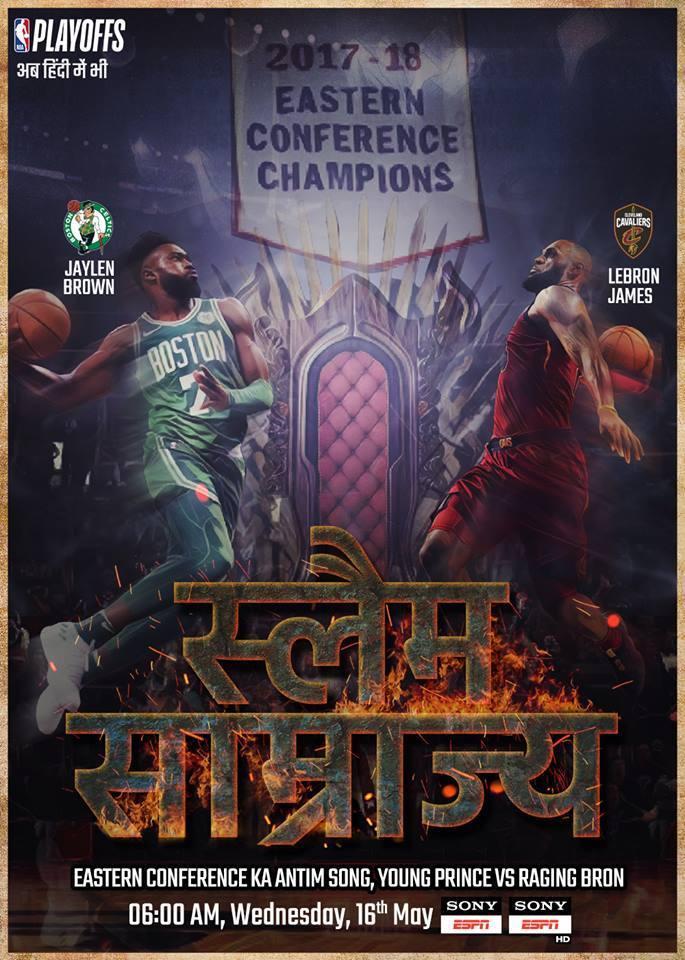Tathagata Ray : In Conversation With A Creative Strategist
Posted in: UncategorizedA destined art director who bent fate and chose to pursue copywriting, Tathagata is now 13 years old in this industry. An Advertising and Public Relations post-graduate from the prestigious Indian Institute of Mass Communication, he has had notable stints at The Glitch, Jack in the Box Worldwide and Dentsu Webchutney. He is currently a part of the Creative Shop at Meta, India (previously Facebook).
“As a 12-year-old child, I was always fascinated with my father’s professional world, advertising. I would accompany him to the agency, print studios (OG 90’s advertising) and see him control shoot sets as an Art Creative Director. Safe to say, advertising was fated to be my love and kryptonite. Unlike my father, a bhodrolok from Calcutta who never felt like exploring the world, I wanted to work in advertising hot spots like Delhi and Mumbai. It started off by chasing his mad dream, but after spending 12 years in the industry, I believe I’m writing a totally different story, my story.”
Did you attend school for fine art or design or Communications?
I attended the Indian Institute of Mass Communication in 2009, after a rigorous all-India entrance examination. The path after that was easy peasy, I would hang out in the canteen during the marketing classes and attend the print and creativity classes from the front row. Lazy, or laser focused on what looked like my journey.
How do awards impact the creative career?
Awards is what fuels the beginning of one’s career, in my opinion. You want to get a few awards as soon as possible and have the upper hand in deciding where you want to head next. There are two ends of the spectrum I have seen in my career, A) being obsessed with winning awards, or B) not giving a capital F about awards. Both could be toxic. It’s important to settle somewhere in between as a creative individual. Awards for oneself and worth in the market, but profitable and effective business for the overall health of the agency.
Do you think brands whose advertising wins awards, do well in the market?
It might shock you to hear this coming from a Creative Director, but NO! There’s no co-relation between awards and overall performance of a brand in the current market. VICE swooped last year’s Cannes and Spikes and rightfully put India on the modern advertising map, but ask a commoner about VICE, and they would tell you they are a news portal with a weird taste in sex and addiction. Advertising awards cement your legacy in the advertising industry. Effective marketing, guaranteeing a flawless product and building resilient distribution channels guarantee you brand success.
Were there any particular role models for you when you grew up?
My early advertising heroes were barely advertising people to be honest. The single most influential person as a budding writer has been the late Jim Morrison, my birthday neighbor. His writing, perception of the world and brand imagery (aka showmanship) is infectious and inspiring. The more I listen to today’s music, the more I respect what Jim wrote in An American Prayer. Later when I started working and read about legends, I really liked Lee Clow as a pirate, renegade, and David Droga as a creative businessman – which is a rare breed BTW.
Who was the most influential personality on your career in Advertising?
There were two. The man whose legacy I was initially chasing, my father. And my creativity teacher at Indian Institute of Mass Communication, who convinced me that I was a horrible planner and a stone-cold copywriter, Nandu Narasimhan. I remember during the placement days of IIMC, I was beginning to think I might join my father in Calcutta and learn art direction from him and become a hybrid design led planner. But Nandu whacked me to my senses and said he will take responsibility if I fail after trying out as a writer. Sometimes you need not one but two veterans to kick-start your creative career.
Where do you get your inspiration from?
My advertising inspiration comes from anywhere but advertising. There’s a brilliant video clip of the late George Lois explaining how he would stumble upon ideas, that’s pretty much my modus operandi. My inspiration for Pepsi Tweet 20, the first work that got me a OneShow, was a bolt from the blue while I was toying with the concept of book cricket. My latest award-winning work, UpGrad Khud Ke Liye, is inspired from the Netflix India original ‘Ray’. I also believe life is a great archive of ideas, if you haven’t experienced certain things firsthand, try experiencing it vicariously via relatives and friends.
Tell us something about the work environment at your agency…
Meta India is a great institution to humble down and learn and unlearn basics. I am the second youngest in my team and all my colleagues are like role models and mentors. But let me also tell you about my home – The Glitch, the agency I worked prior to Meta. The agency that took me in, not once, but twice, during the darkest days of my life, and gave me so much positive energy through good work that I never needed to look back. People make The Glitch a great place to work; yes, there is a lot more work there in comparison to other agencies, but the people always find ways to make it easy and worthwhile. The whole organization believes in transparency, and it stemmed from the three individuals who gave more than their all to grow this agency – Rohit, Varun and Pooja.
Do you have any kind of a program to nurture and train young talent?
There is a famous rule in Fight Club (the Hollywood film, had to clarify this lest I offend any Zayed Khan fans) that goes, “If this is your first night, you have to fight!” That’s how I nurture and train my youngest writers and art directors. Give them the best experiences, push their boundaries, push them to take on things that are beyond their reach and ultimately best their immediate bosses. My junior writers have written OTT episodes, cracked tech led ideas and presented creative strategies to clients which have blown the roof off Zoom calls. They are the reason why we Creative Directors look shiny; they need to be in the thick of every single important fight. For my mid-level writers, I try to make them efficient enough to usurp me, if the day comes. I feel experience is the best training one could give or take, and they need to be fed with the best of experiences.
What about new and young film makers/photographers? Do you consciously keep looking for newer talent and try someone completely new?
If I strike a chord with a filmmaker, photographer, or producer, I tend to repeat the cycle, especially on big budget pieces wherein cerebral unity is key. Sergio Leone always needs his Ennio Morricone, Sam Mendes needs his Roger Deakins, that partnership is bound to succeed. However, whenever we try to experiment or come across a client who is okay to mix things up, I try to partner with someone completely new, hoping to bring a different permutation and learn something completely new about the craft.
Any notable digital campaigns?
In my third year of advertising, I cracked two key digital campaigns for Pepsi, who were then the brand-new sponsors of the IPL. The two ideas were called Pepsi Tweet 20 and The Great Indian Catch. Both challenged the status quo and algorithm of the two platforms – Twitter and Facebook, respectively, and got massive reception from fans of cricket and the advertising jury.
I was a leading the creative team that probably birthed the whole concept of arcade Hindi film posters for sports tune-ins, while working with NBA India. Each of the poster tune-ins had fan-core storytelling and a hilarious local quirk to a normal basketball game. Today you will find Hotstar and La Liga trying to do the same.
When everyone was talking about the pandemic and only finding horrors in it, my team and I cracked a fresh way of showcasing the (albeit few) positives of lockdown. As UpGrad decided to shower light on 3 use cases of people in their 20s and above upscaling themselves in the pandemic to find a more fitting, respectable industry to work in. And we gave them an anthology of 3 short stories, as ‘Khud Ke Liye’, three ordinary people emancipating to rediscover their careers.
Given the plethora of social media on the internet, how do you create a creatively cohesive brand voice across the spectrum?
The biggest problem we’ve had with our industry is that somehow people have always made it harder and more difficult sounding, than it actually is. A brand’s voice doesn’t need to change on social because social demands it. A brand’s voice begins way, way before we get to social, in its architecture and tone of voice, that runs consistently across all channels of communication. Coca Cola spreads happiness whether it is a 9:16 reel or on a mid-day newspaper.
The best way to deal with social media is to keep believing in that consistent brand ideology and map out the reason why anyone would want to talk to you on IG, FB, Twitter or YT. These four platforms primarily look social media from bird’s view but have different roles to play in consumer’s life. Imagine trying to tag both Hindustan Times and Vogue Magazine as Print! IG is for micro-entertainment, FB is for family connections, Twitter is for news and troubleshooting and YT is for long form binges and infotainment. Once you build natural conversations based on the platforms, the brand voice is bound to get more clarity from the inside (of brand architecture). And one more thing, you can’t predict what goes viral, you can only follow patterns and templates.
What advice do you have for aspiring creative professionals?
First. Don’t prove your loyalty to an agency, instead commit to a mentor or a couple of mentors (if you wish to combine all those learnings and become a hybrid version of a CD). A mentor who is a mentor not only at work but is also your key to discovering documentaries or musical sub-genres. Wherever he/she goes, follow. It’s okay if your CV features a lot of agency names.
Second. Don’t be shy to say no and give unabashed feedback to colleagues. You’re a gamer and have been handed a skincare brand, well there’s a problem there. If you don’t say no, you might come across as a mediocre writer for the category. And what follows is a lot of guilt and alcohol. Nip it in the bud, hence NO.
Third. Aspire to be bigger than advertising. We all know some old folks are stuck up as champions and messiahs of advertising, don’t be them. Go and play basketball on Sunday mornings and report back to office with a pulled hamstring. Save enough money so that you can watch Dave Gilmour perform one last time before he hangs his boots. Go low on your LinkedIn game if you want, but make every bullet and post count. Watch a lot of ads and then drown out the noise with better movies, music and sports.
What is your dream project?
Recently, I have become a fan of the brand Liquid Death. It’s a sheer culture breaking brand that overhyped mineral water out of nowhere. It’s like MTV hyping up television when it was facing one of its darkest days. Now that’s a brand story that I want to be a part of. Creating something out of nowhere, disrupting and gaining organic power of voice.
Mac or PC?
Mac all day. Keynotes over Presentations.
Who would you like to take out for dinner?Matthew McConaughey. Exceptional human being, insanely insightful writer. Do read his book Greenlights.
What’s on your iPod? Spotify?
Lost by Linkin Park. A previously unreleased track from Meteora (2003) that Mike Shinoda revealed on the album’s 20th year anniversary. Shinoda and Bennington thought the song was very similar to Numb and decided to initially chop it.
Whats your Twitter Handle? Instagram?
A nod to what I believe I have been all my career. It’s @over_rayted.




Post a Comment